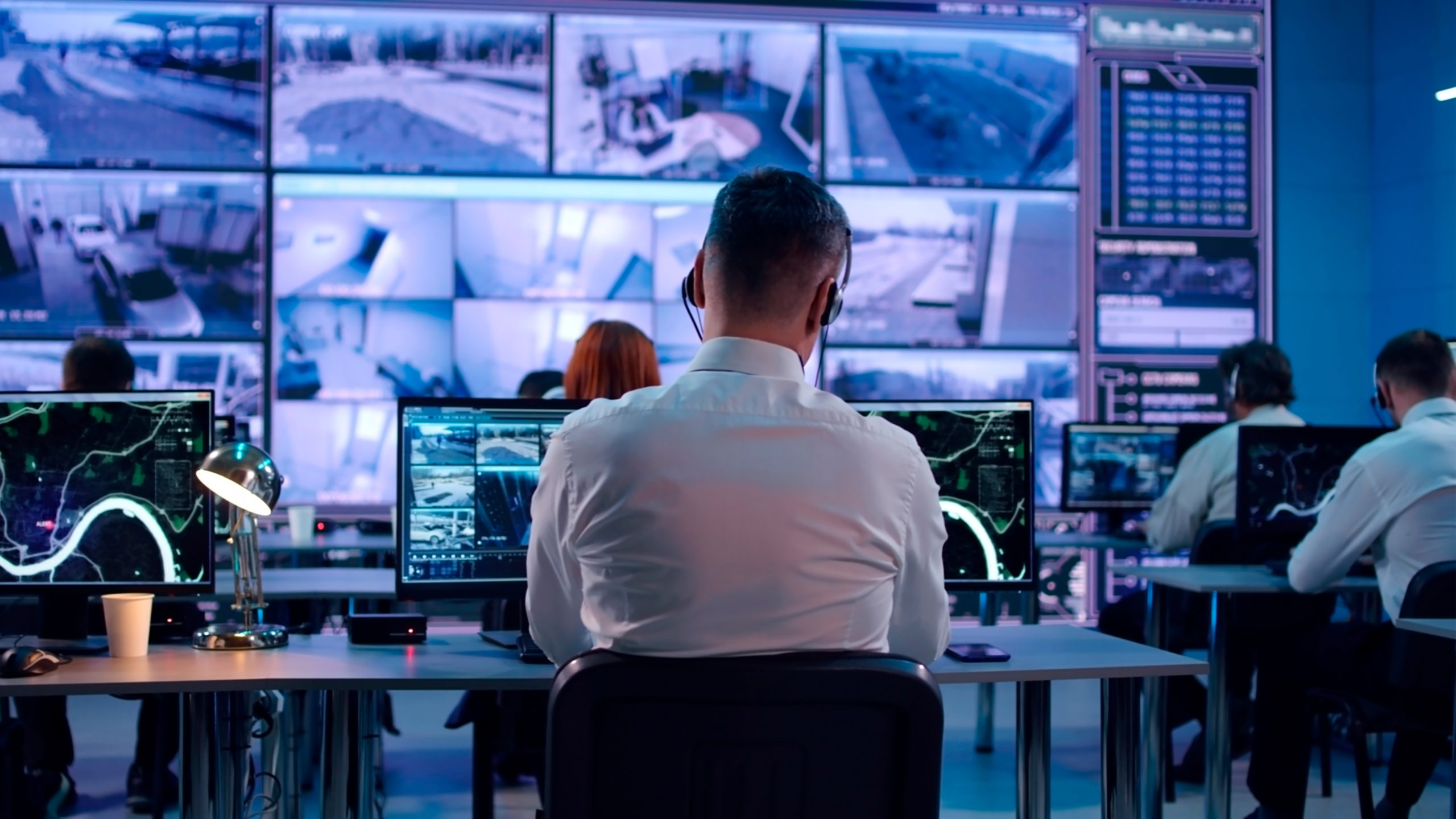Our experience spans two dedicated websites.
Discover the world of Collaborative and Meeting Spaces:
Discover the world of Collaborative and Meeting Spaces:
Last update: 12/05/25
The optimisation of logistics flows is a major challenge for companies of all sizes and in all sectors of activity, which must ensure the fluidity and speed of their goods flows.
An efficient logistics system reduces production costs, improves reactivity to supply chain hazards and enables faster response to customer expectations.
In this article, we present the keys to optimising logistics flows and setting up an efficient supply chain. In particular, we address the growing importance of video for tracking packages in logistics platforms.
As a logistics professional, you are well aware of the importance of optimising your daily logistics flows. There are many advantages:
The management of logistics flows is essential in supply chain management to ensure good organisation of production and distribution of products. There are different types of logistics flows that it is important to understand in order to better manage them.
First of all, a distinction is made between internal and external logistics flows:
To organise these flows, different management strategies can be used, such as “push” flows, which involve the production of products according to the demand forecast by the company, or “pull” flows, which only produce products if there is a concrete request from a customer. There are also just-in-time flows, which supply raw materials and/or finished products only when there is a customer order, and synchronous flows, where raw materials and components are ordered as the finished product is produced.
The logistics manager must choose the strategy that best suits the company’s value chain by considering the benefits of each of these strategies. The objective is to ensure smooth flow management for optimal supply chain management.
Digital technology has profoundly changed customers’ expectations in terms of logistics. With the spread of e-commerce, consumers have become more demanding in terms of speed, flexibility and transparency of deliveries. They want to be informed in real time about the progress of their order, to be able to change their delivery address at any time and to benefit from increasingly shorter delivery times.
To meet these expectations, companies have had to review their logistics organisation. Digital technology has made it possible to develop new tools and practices to optimise flows. For example, inventory management platforms allow real-time monitoring of stock levels and anticipation of supply needs. Computer-aided order picking (CAP) systems reduce errors and picking times. Geolocation and delivery tracking tools improve service quality in real time.
The integration of video into parcel tracking can be a major asset in improving logistics performance. It allows images of parcels to be captured throughout the delivery process and then stored in supply chain management systems, such as warehouse management systems (WMS) and transport management systems (TMS). It is then possible to efficiently track all their goods flows from the warehouse to the end customer. In contrast to parcel/pallet tracking, which is based solely on scanning and has areas without coverage, the camera does not take its eyes off the items being handled.
The control room is the place where all information related to logistics operations is centralised. It enables the various stages of the supply chain to be monitored in real time, from the receipt of orders to the final delivery of products. Data is collected from various sensors and systems: surveillance cameras, barcode readers, GPS, geolocation, IOT in trucks, etc. The information is then processed and analysed to identify possible problems and take the necessary measures to solve them.

Copyright © 2025. MOTILDE. All rights reserved.